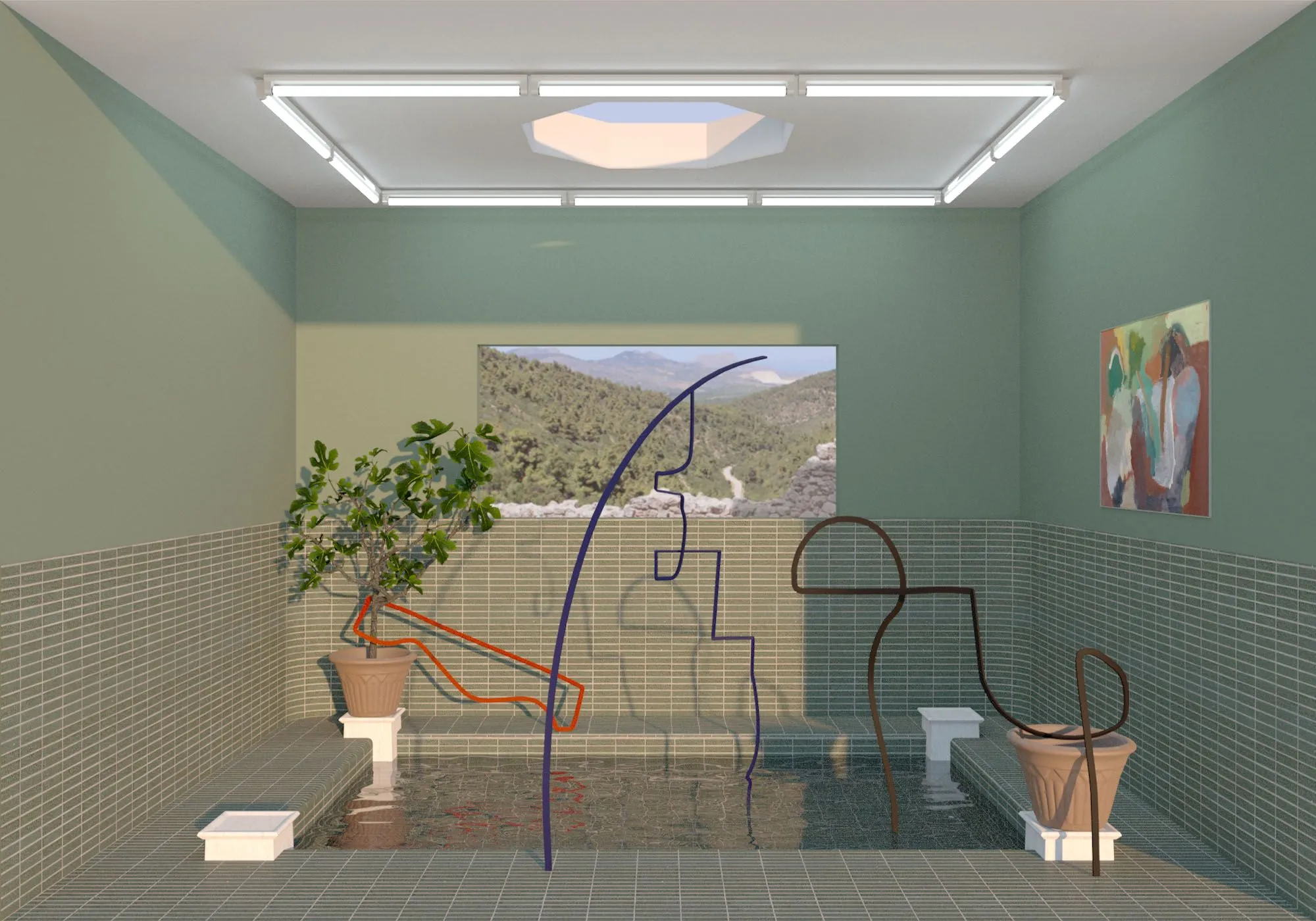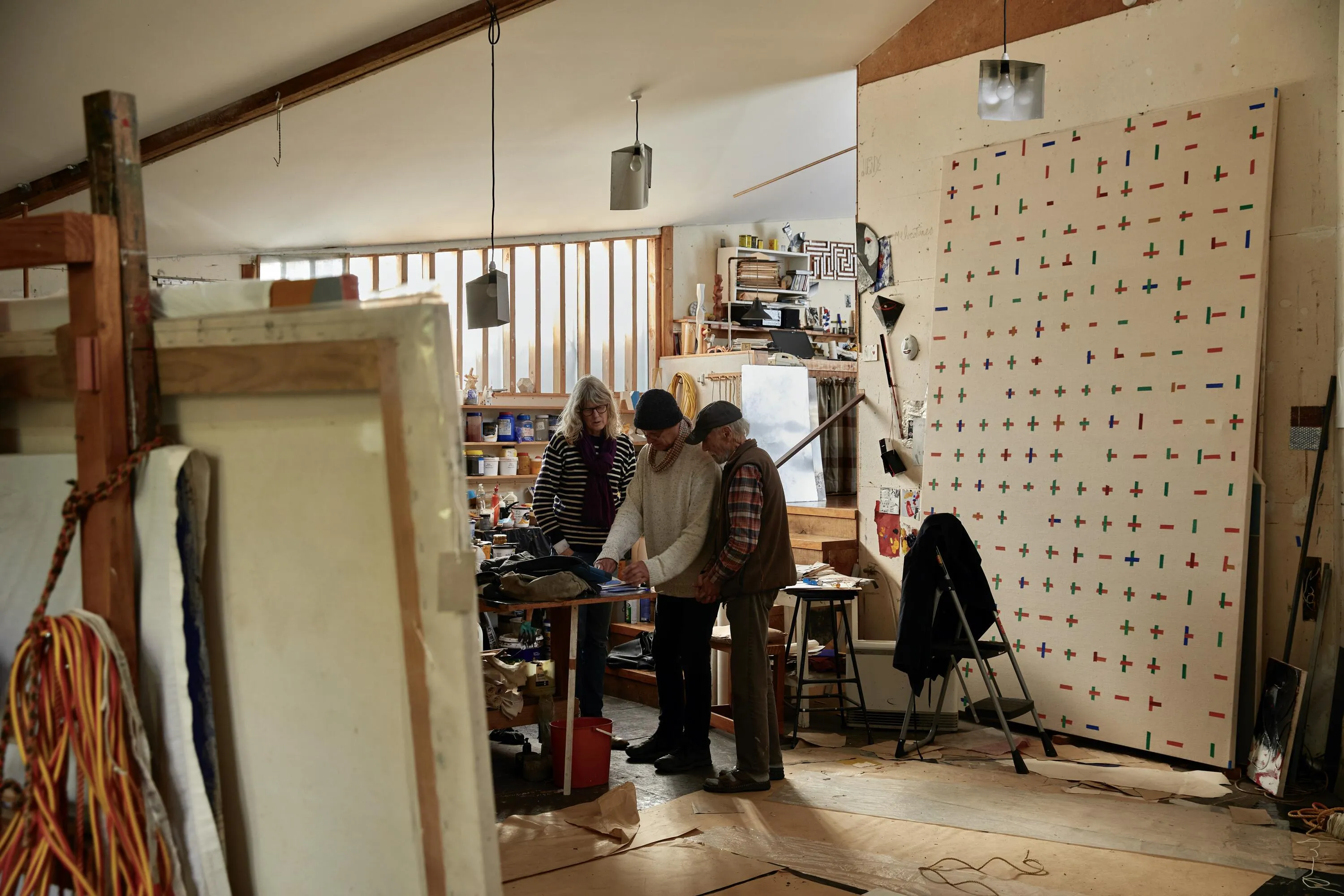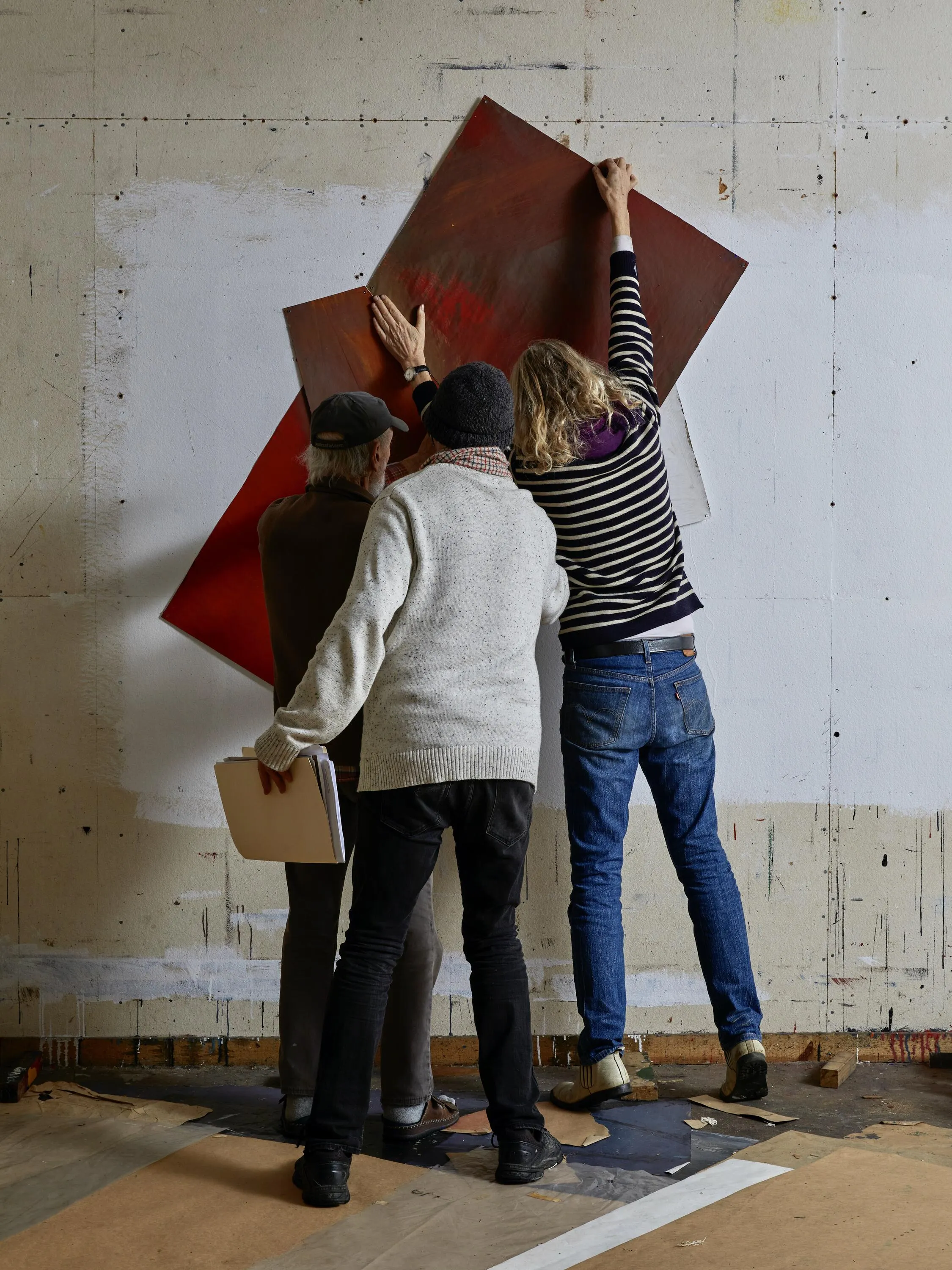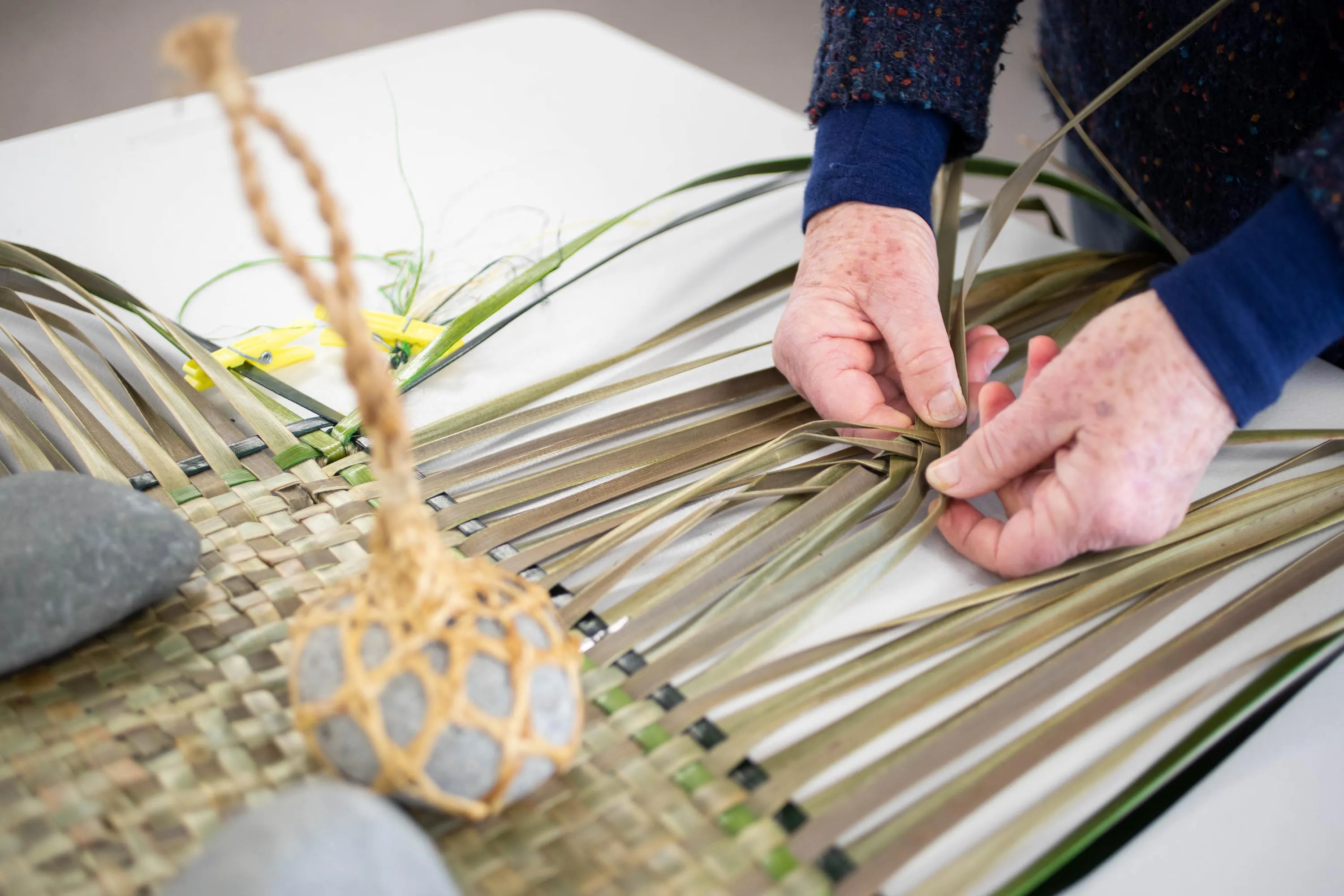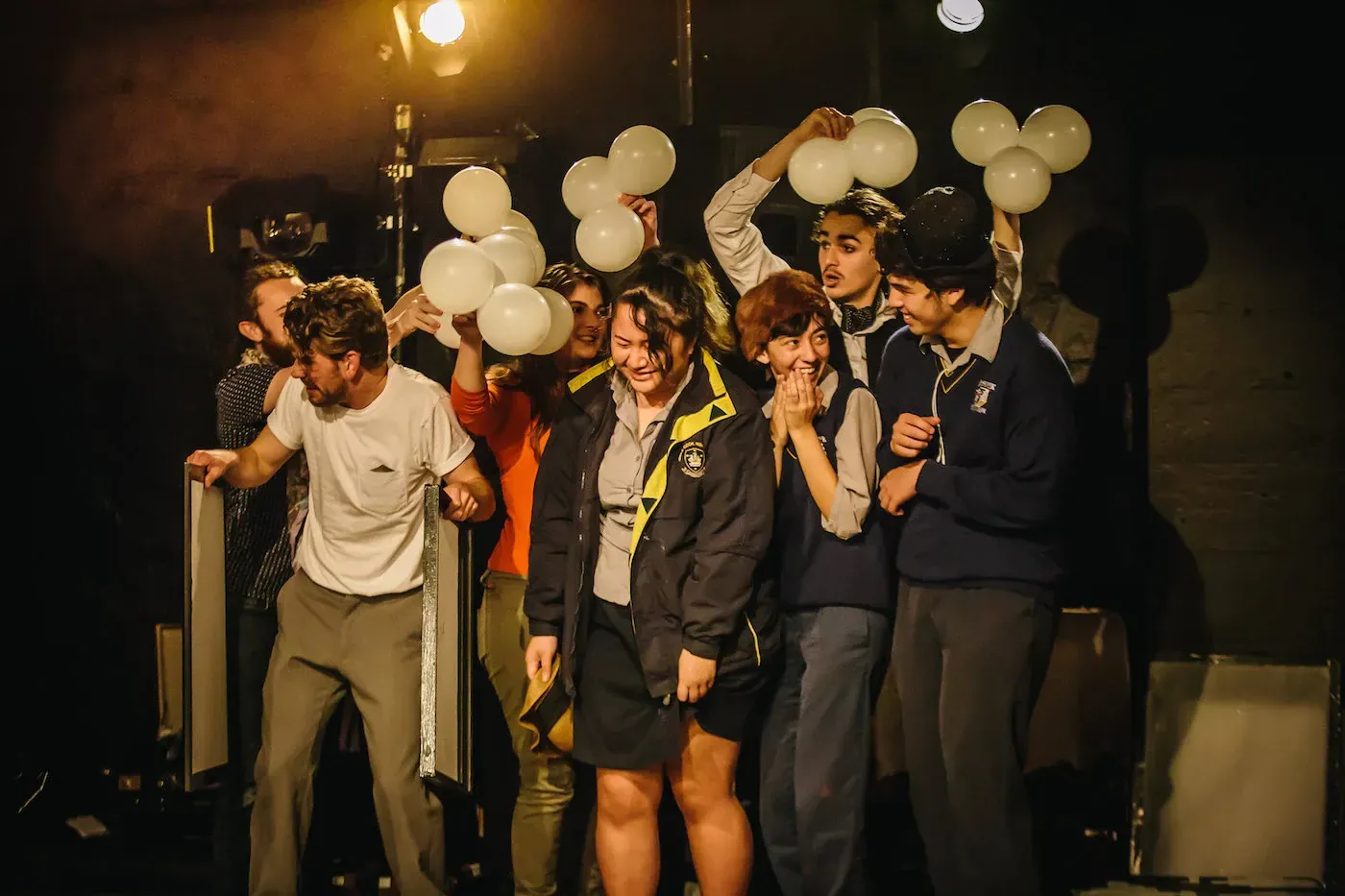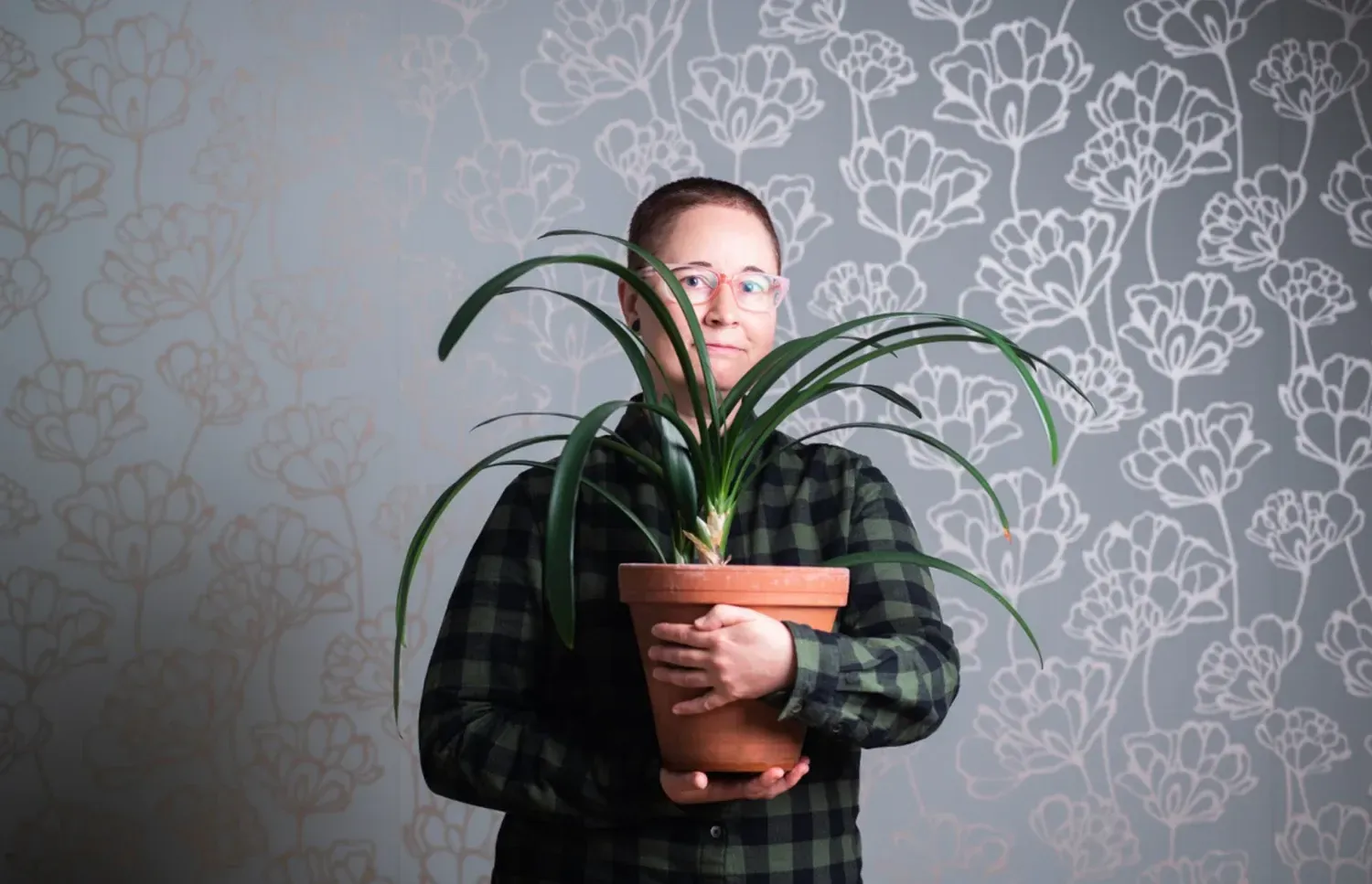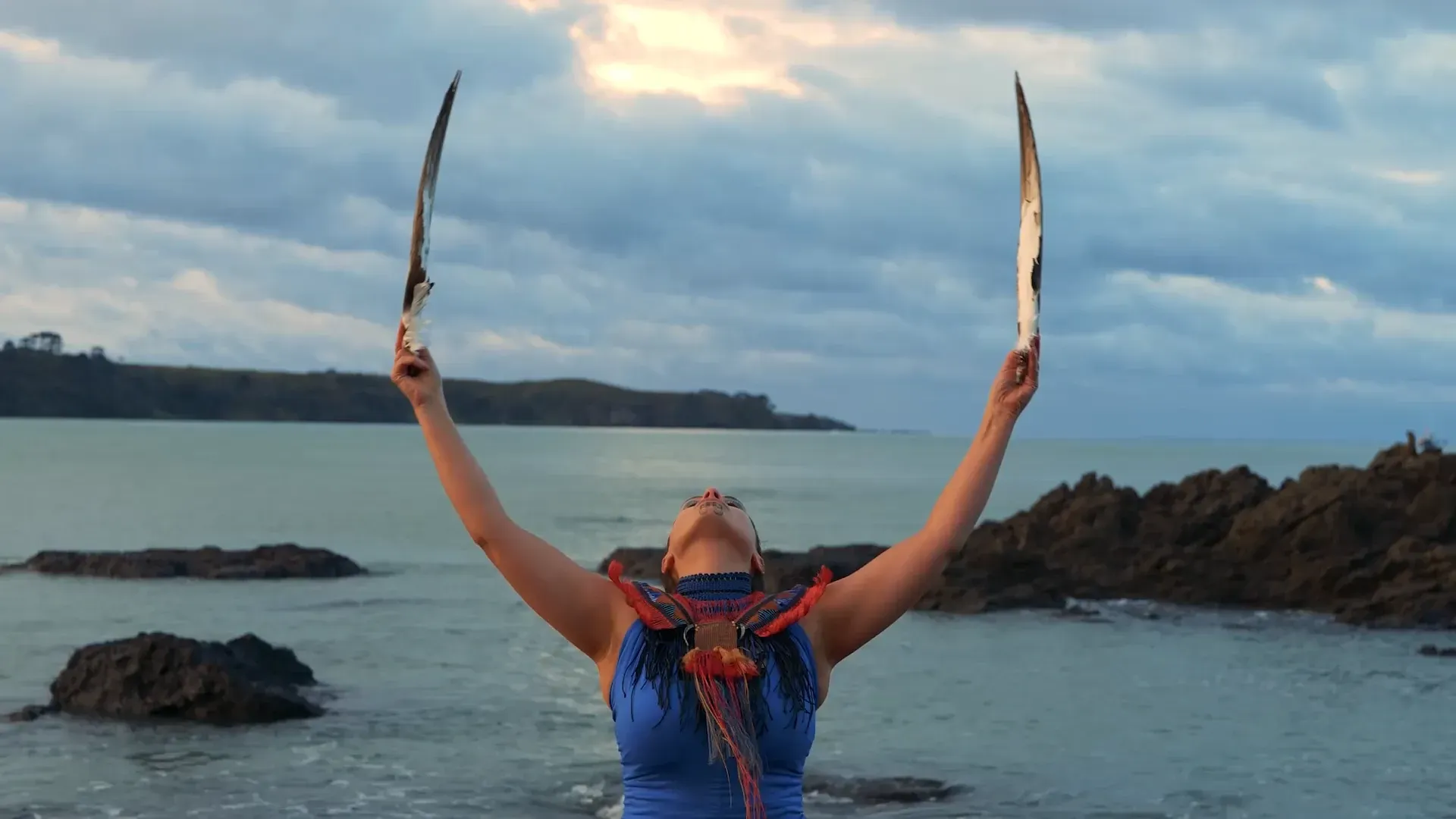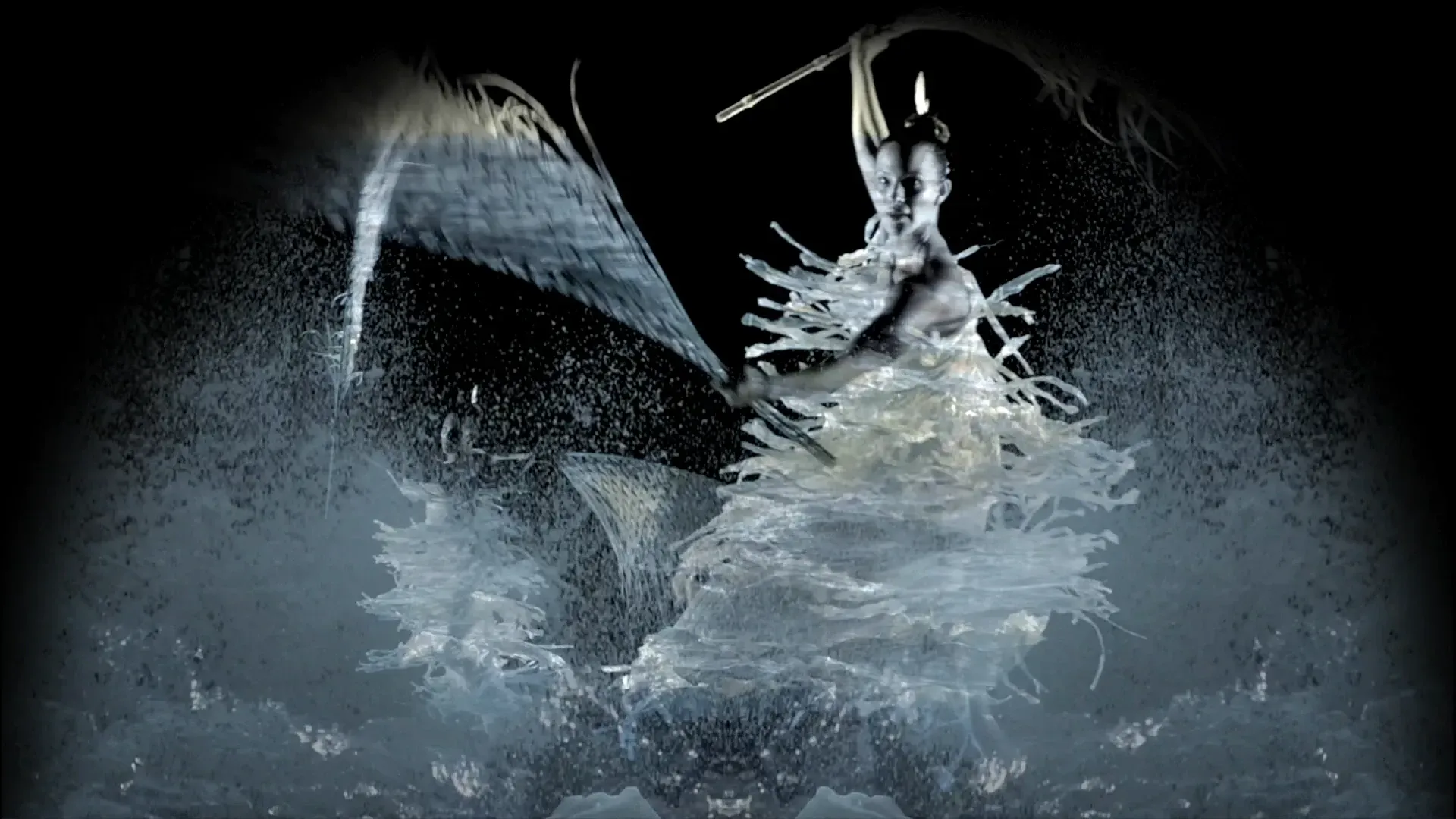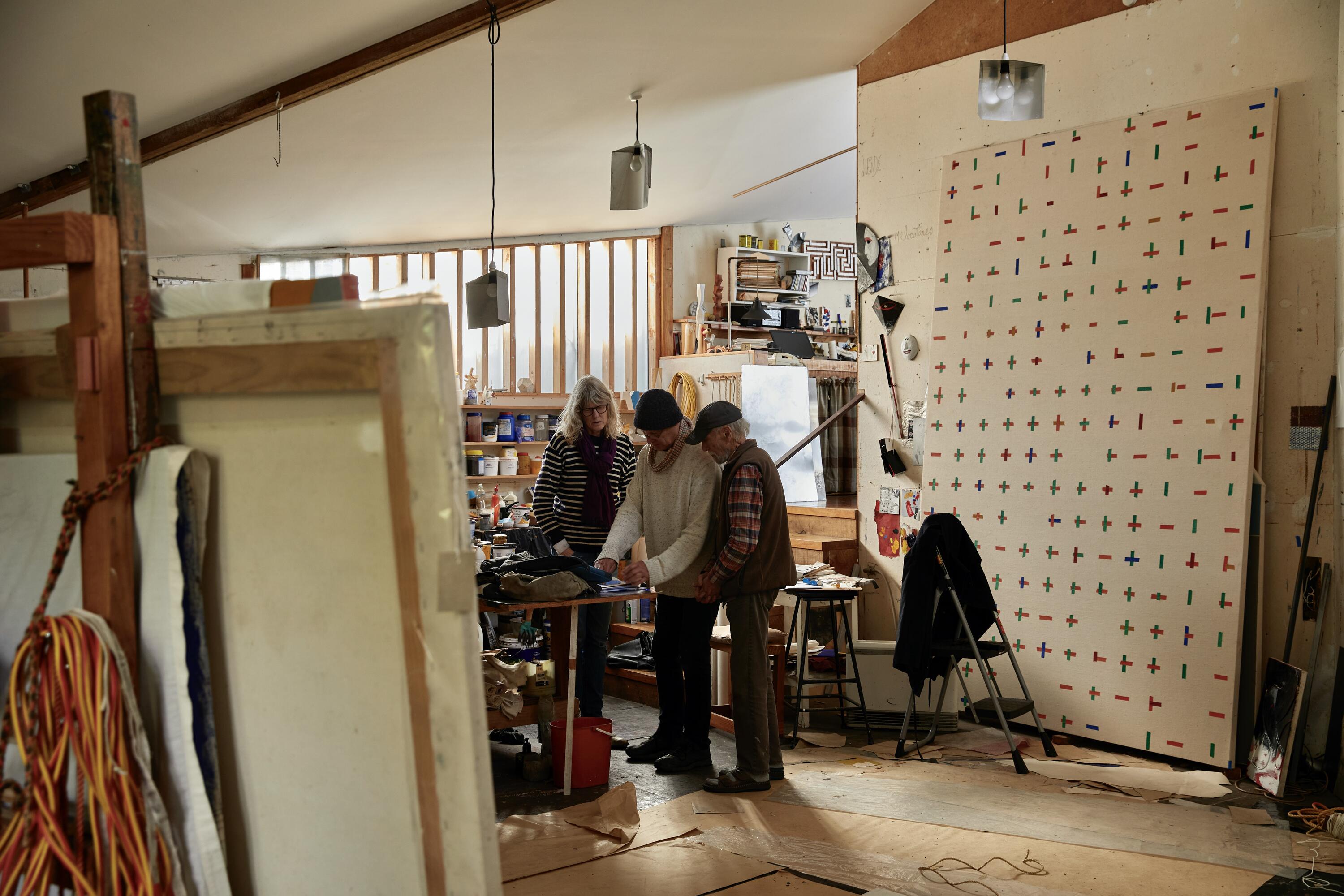Virtual Takeover?
Written by
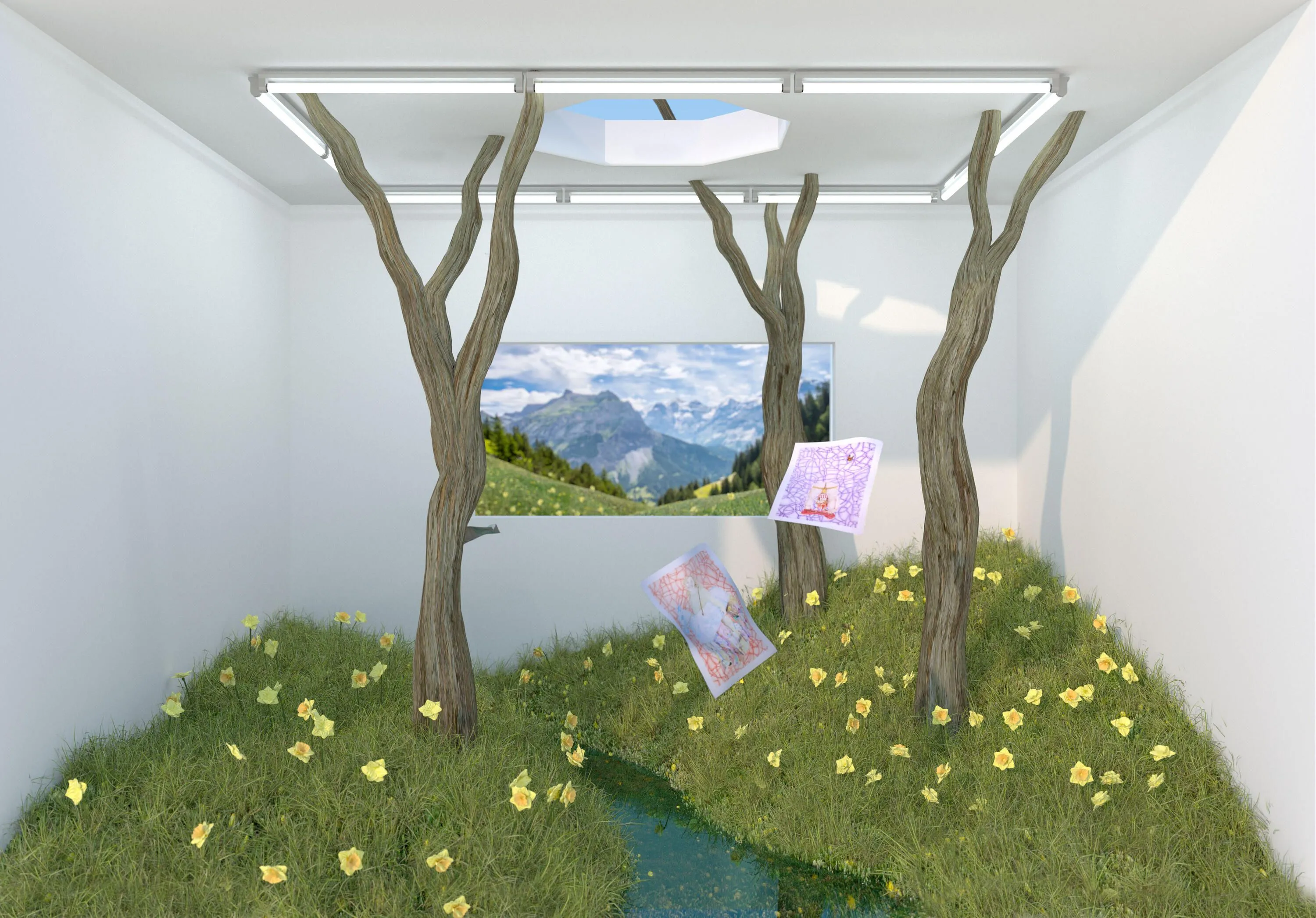
Fun of the Fair
The big visual arts news this week is something of a shakeup on the cutting, emerging edge of the art market with the launch of an alternative fair for artist run spaces and arts collectives.
May Fair Art Fair will launch virtually 30 July, presenting emerging and unrepresented artists. It involves “a myriad of artists, independent curators, collectives and arts writers who largely sit outside of the commercial gallery context, May Fair reimagines the art fair model as a space to discover new contemporary artworks and as a site for dialogue between curators, artists, writers, and the public.” The booths list features a range of artist-run spaces nationally and overall it’s an exciting mix.
May Fair is run by a young, experienced collective of artists and arts workers. Ophelia King and Nina Lloyd were co-directors at the late K Road artist-run space Fuzzy Vibes; Becky Hemus has been working at Michael Lett Gallery and was for three years a curator at Window Gallery, and art writer Eleanor Woodhouse has previously worked for major global dealers Hauser & Wirth. It follows Auckland Art Fair and the New Zealand Art Show onto the internet in 2020.
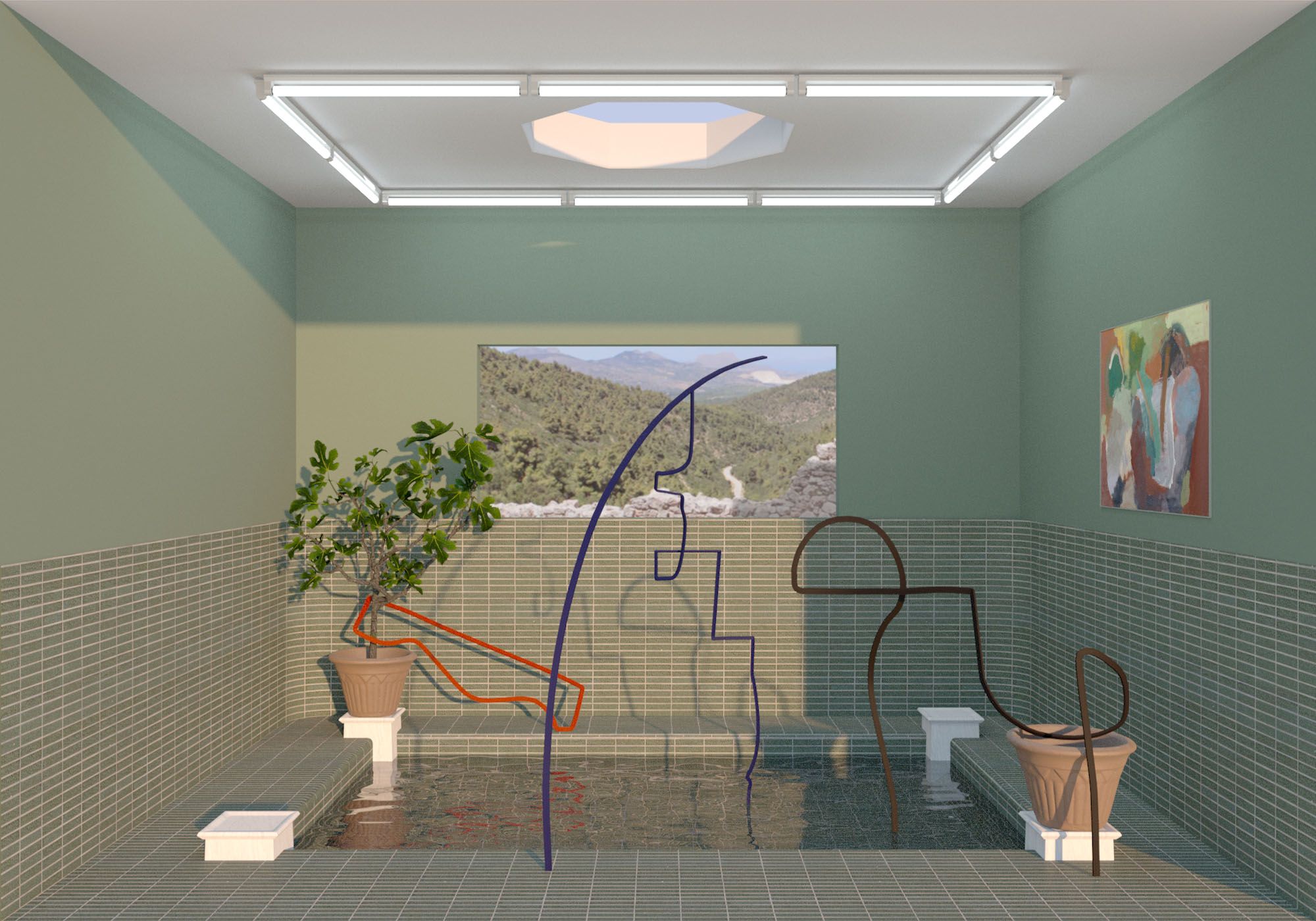
Amy Unkovich, one of the solo artists presented by May Fair.
Speaking of working together, it’s not that common outside of art fairs to see Auckland dealer galleries combine on projects. So welcome in these times is an exhibition collaboration between Gow Langsford and Tim Melville Gallery of paintings by Alberto Gracia Alvarez and Judy Millar, curated by painter Stephen Bambury, being shown at both galleries (5- 29 August).
The grouping itself is of note. Alvarez, now in his nineties, arrived in Auckland from California to lecture at Elam School of Fine Arts in 1972, not retiring until 1995. Millar and Bambury were both his students. The galleries write that “both came to regard him as a crucial figure in their own independent artistic developments.”
Alberto Gracia Alvarez, Judy Millar and Stephen Bambury. Photo: Sam Hartnett.
Toi Māori capital move
One of the biggest and most prominent works by leading Māori artist Robyn Kahukiwa, a large 1988 none panelled painting He Tatai Whetu ki te Rangi Mau Tonu Mau Tonu He Tatai Tangata ki te Whenua Ngaro No Ngaro Noa (Gods Never Die – Only People), has found a new home. It was on display in the Wellington City Council reception area on Wakefield Street for 26 years, but will now be at the new Waitohi Johnsonville Library. Here’s a great wee video of the panels being removed and packed up.
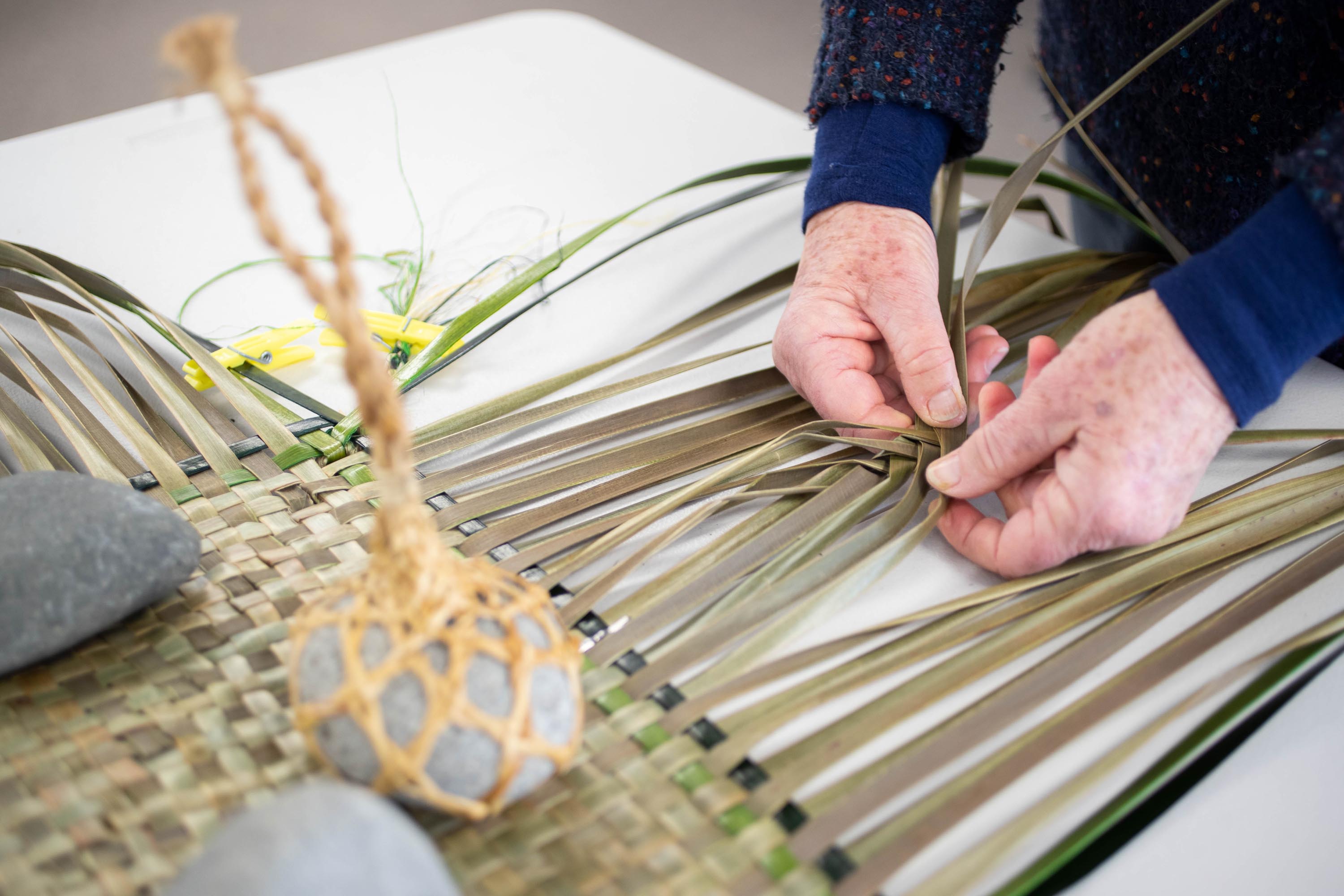
Maureen Lander weaving.
Waitohi will also provide a home for an ambitious new public art project led by another leading Māori artist Maureen Lander. Lander is working with the community and local iwi on a series of flax workshops to create an artwork to be installed in the Waitohi hub. Lander spoke to RNZ’s Te Ahi Kaa about the project in December. Lander created similar work you can see here for touring show Flat-Pack Whakapapa. She is also working on another site-specific installation with Mata Aho Collective for the upcoming major show Toi Tū Toi Ora at Auckland Art Gallery.
Matariki
Maisey Rika was the standout for me of a free sold-out NZSO concert marking New Zealand’s successful effort against COVID-19 at Wellington’s Michael Fowler Centre back in June. Rika has just released a new album inspired by the stars of Matariki, Ngā Mata o te Ariki Tāwhirimātea. As she says in this Māori Television interview, Rika wrote the songs during the lockdown, talking to Māori astronomer Professor Rangi Matamua about the Matariki stories and new kupu used to depict them. Matamua introduced two new Matariki stars to her, Hiwaiterangi and Pōhutukawa, making a total nine, each given a song on the album. Here’s a video for ‘Matariki i te pō’.
Meanwhile fellow singer Ria Hall has kicked off a 12 episode “music podcast series with a damn difference”. Say Something launched this week, with its first guest Anna Coddington, distributed through Hall’s Facebook, Instagram and Twitter. She spoke to The Big Idea.
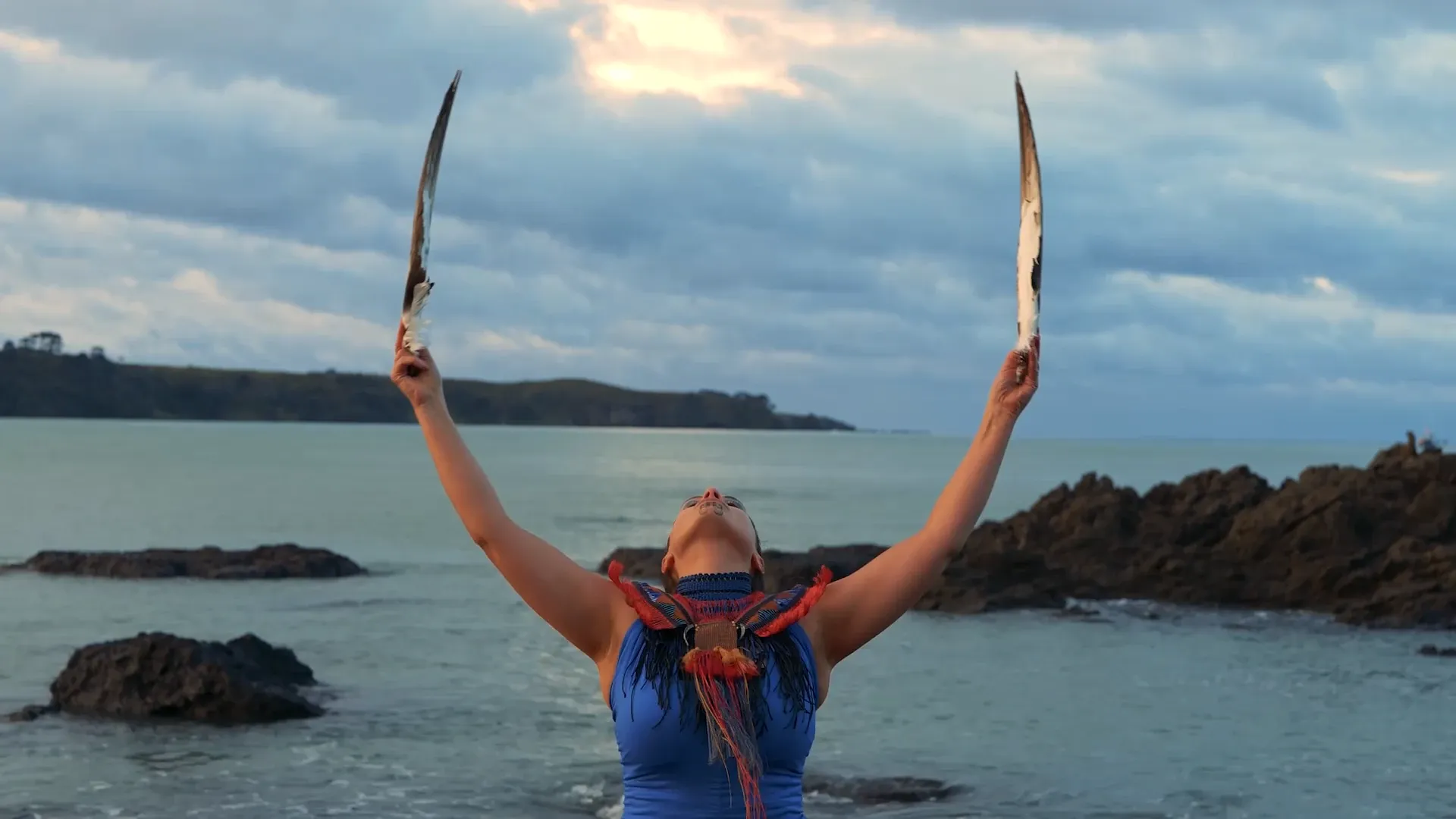
I am Hine, I am Moana by Tina Ngata and Terri Crawford from Mana Moana project.
Also out for Matariki is a rather remarkable new digital web project Mana Moana, conceived by Rachael Rakena and Mike Bridgman with Storybox. It brings together leading Māori and Pacific artists to collaborate on multimedia and moving image artworks which explore our relationship with the ocean, climate change, and technology through indigenous perspectives. The inaugural project in 2019 was video works presented beautifully on a giant water screen in Wellington, but this year the project has moved impressively into an immersive online environment, where you can move around an ocean environment to view the work.
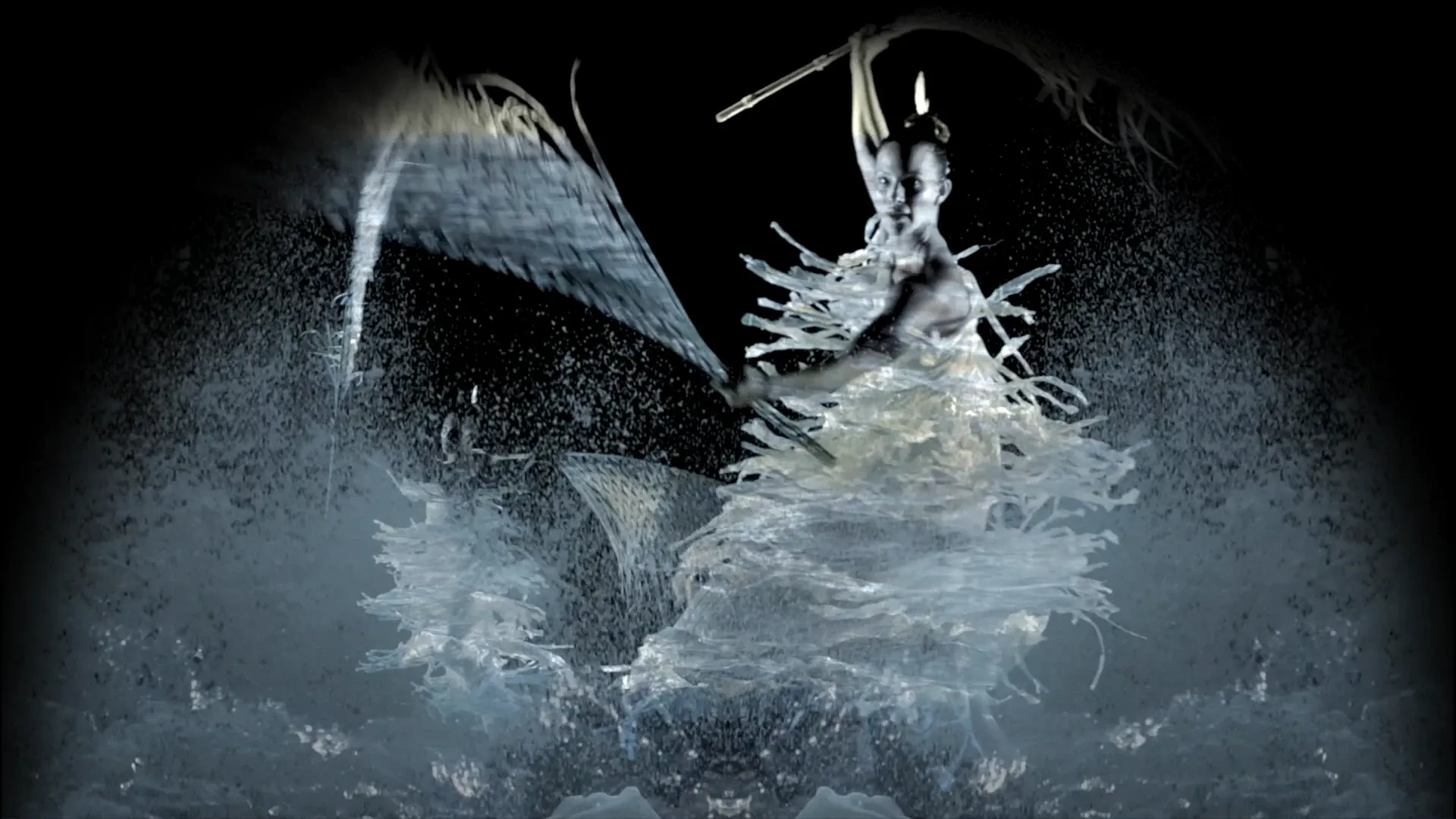
Tuatea by Louise Potiki Bryant from Mana Moana project.
Art First Council
Great to see Hastings District Council demonstrably recognise the importance of arts and culture post-COVID-19. As reported in Hawke’s Bay Today, they have just adopted an Arts, Culture and Events Recovery Plan: Toi-Tū Hawke’s Bay. It includes such ideas for the next six months as light boxes; augmented reality as a platform to tell stories of the town centre’s Ngā Pou; open days and free monthly performances at Toitoi – Hawke's Bay Arts and Events Centre, which opened just prior to lockdown.
“Our arts, culture and events industry has faced and will continue to face enormous challenges from COVID-19,” writes Hastings mayor Sandra Hazlehurst. “But in spite of these difficulties, we have seen the strength of our arts sector in Hastings, which has really stepped up to help heal our community.
"The value of arts and culture in our society and the positive impact it has on our economy, health and wellbeing, society and education is paramount in these uncertain times.” Hear, hear.
Warning! Nudes
I well recall a 1995 Robert Mapplethorpe exhibition at City Gallery Wellington which saw photography featuring genitalia in a screened space, and homophobic complaints from the Christian Heritage Party (the press is well documented here). 25 years on, it feels like a different time.
Well, genitalia is also on display as part of the impressive Mau Company installation at Te Papa’s Toi Art (which opened pre-lockdown), receiving far gentler school holiday complaints. “My granddaughter could not stop all afternoon saying ‘nudie bum’” was one reaction, in this Stuff article and video interview to the nudity on display. Better signage is being put in place.
Lockdown affected performance
Slightly difficult times for the highly regarded Borderline Arts Ensemble. Their significant new performance work Strasbourg 1518 premiered at the New Zealand International Festival of the Arts, but the last two shows were cancelled due to COVID, a decision co-creator Lucien Johnston described as one of the hardest moments of his professional life.
Now on the other side of lockdown, they’ve been dealt a further blow: as Lucien writes on his blog, there’s a new BBC short dance film coming out in collaboration with Sadler’s Wells, called - yes - Strasbourg 1518. Johnston wrote to the BBC about the impact this is likely to have on his production, and the reply from their Head of Business and Legal Affairs is provided. Fair to say, Johnston wasn’t about to back down.
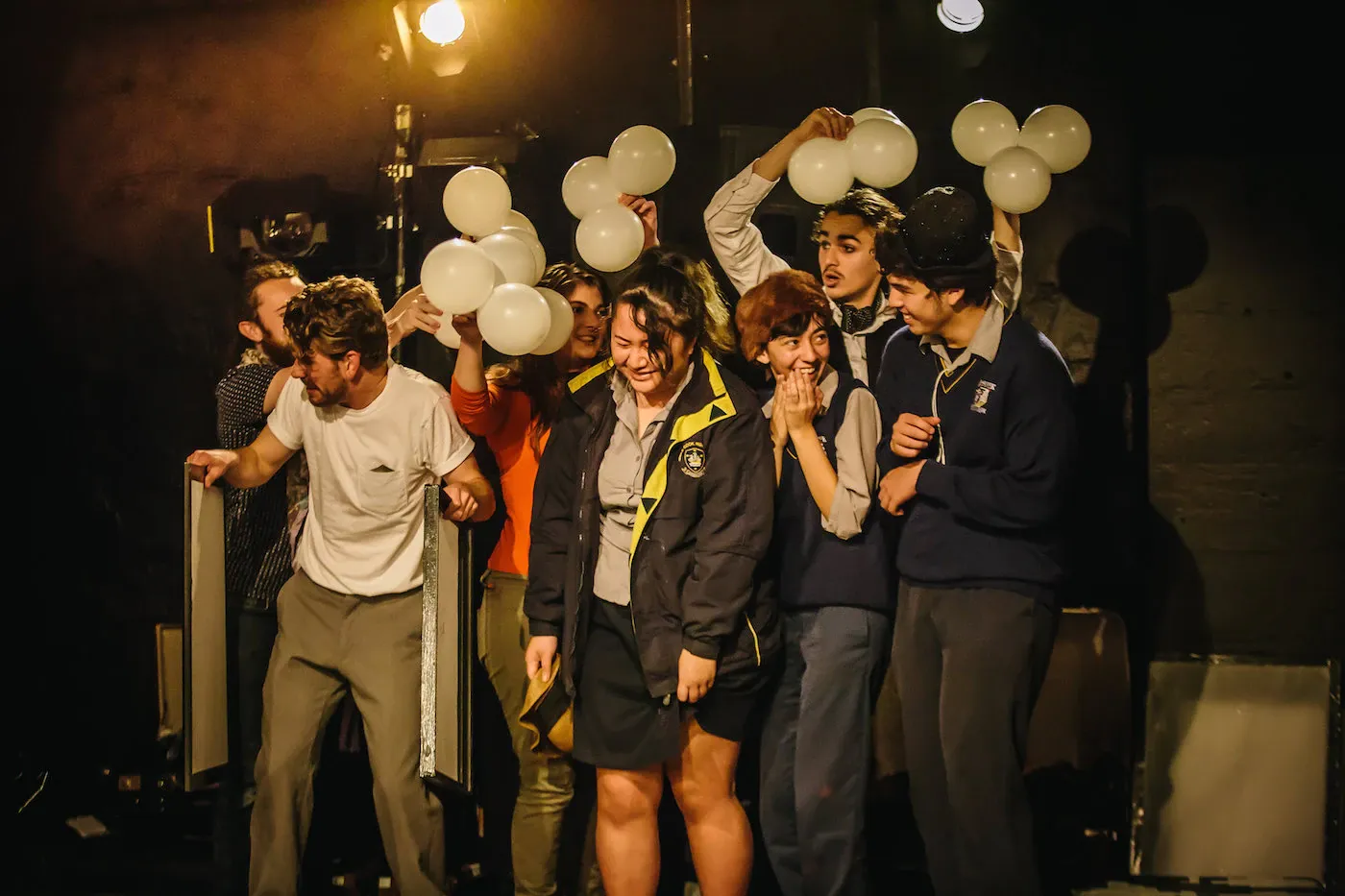
A Slightly Isolated Dog in performance mode.
COVID-19 has brought together theatre-makers in new ways. Created during lockdown, but now able to be performed live and streamed simultaneously (through Boosted Live), is Live Theatre Online - a project that brings together three independent theatre companies (Two Productions, Nightsong and A Slightly Isolated Dog) with three playwrights (Ella Hope Higginson, Carl Bland and Freya Daly Sadgrove). They have been challenged by filmmaker, playwright and actor Paolo Rotondo to create 15-minute works. The writers had two weeks, and the directors and casts now have a fortnight to rehearse and mount the new pieces. It kicks off 9 August in Christchurch at Little Andromeda, before heading to Auckland’s Herald and Wellington’s BATS. Live Theatre Online was initially created with the objective of keeping practitioners working, practising and developing their craft - something that in what are still difficult times for our theatre is most welcomed. “We recognise that theatre must show leadership, resilience, and flexibility, now more than ever,” says Rotondo.
Strong stands and regional pride
“Māori demand more. We demand better. By removing oppressive colonial statues, we remove the shrapnel from our open wounds.” Here’s Jess Thompson Carr on what to do with those statues on The Big Idea this week. That followed Australian art historian, producer and presenter of terrific museum review podcast The Exhibitionist and runner of ‘Uncomfortable Art Tours’ Alice Procter talking to Kim Hill on RNZ about the darker side of museum collections.
Speaking of museums, here’s a peach of a regular regional newspaper column that bigger newspapers could pick up. ‘Museum Notes’ by Sandi Black of Whanganui Regional Museum in the Whanganui Chronicle delves into everything from the history of the local telephone exchange to why we wear wigs. This column lines us up nicely for election season with a look at the history of the artist and the political cartoon.
And also in Whanganui, we’ve been alerted to two new paired galleries that opened in January, A Gallery and Gallery 85. They’re currently showing two well-regarded artists Wi Taepa and Marty Vreede, as reported in the Whanganui Chronicle. Taepa started a residency at Gallery 85 on Glasgow Street just before lockdown.
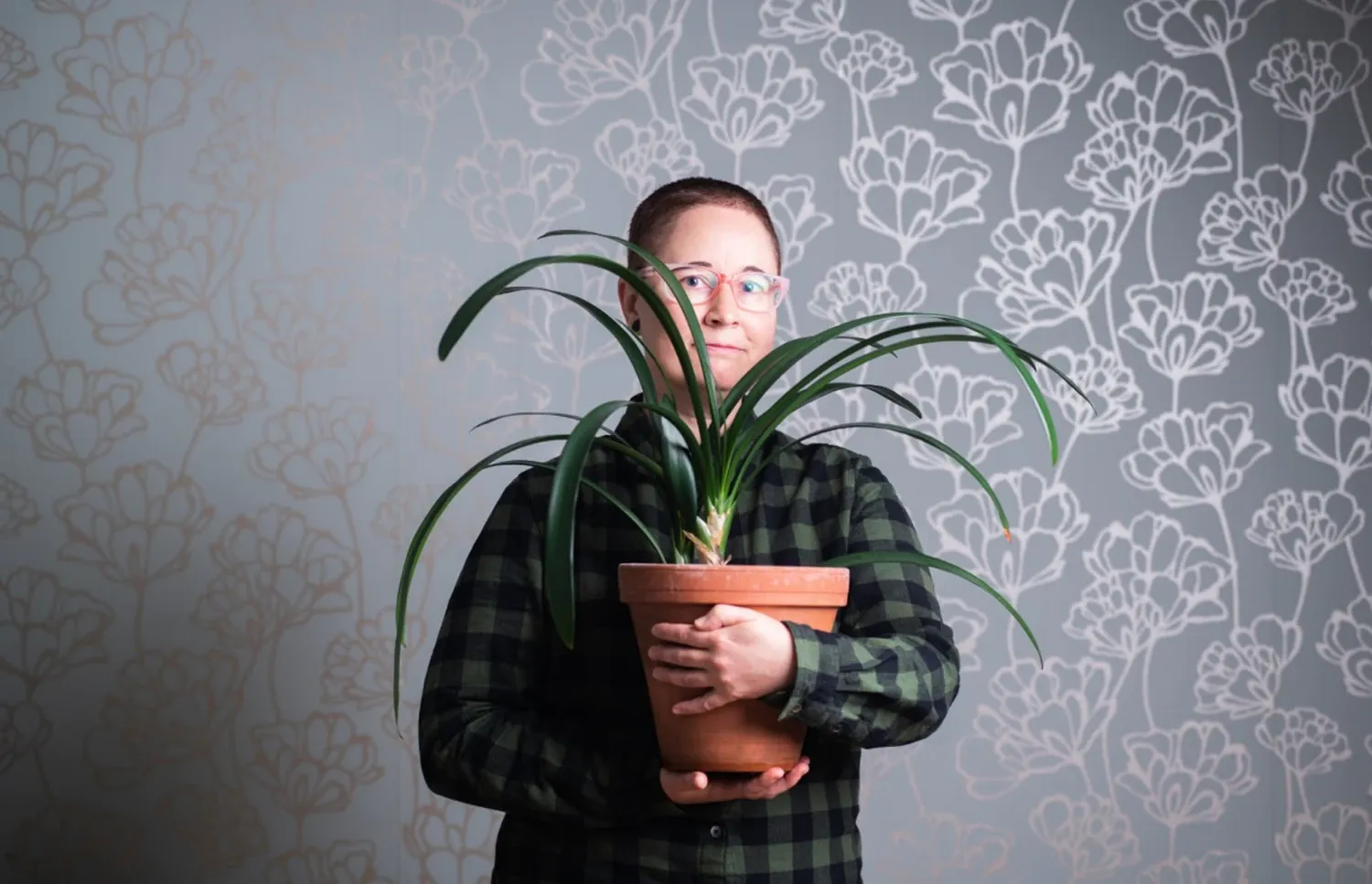
Robyn Maree Pickens with plant at Saari Residence, Finland, 2020. Photo: Jussi Virkkumaa.
New on that excellent platform dedicated to New Zealand artists working globally, Contemporary HUM writer Robyn Maree Pickens speaks with performance artist Essi Kausalainen, a co-fellow at the Saari Residence in the southwest of Finland, which the two completed at the start of 2020. The pair discuss “plants and the more-than-human world, multispecies relations, along with the ramifications of COVID on their wellbeing and practice.”
Like Pickens, James Dignan provides the Otago Daily Times with one of the few remaining art review columns in Dunedin. Here’s Dignan’s latest rich offering.
Finally, the gorgeous lockdown-inspired RNZ music series Under Cover is wrapping up in which “musicians cover one another's songs and discuss how COVID-19 has affected them.” The last one sees Warren Maxwell and Troy Kingi in conversation as Kingi starts his Wellington Government House artist residency.
Want More of the Lowdown?
Check out past Arts Media Lowdowns here and subscribe here to our weekly bulletin so it comes straight to your inbox.
Our Annual Directory of Arts Online can be found here.
News and content ideas are welcomed for future editions of Arts Media Lowdown. Please send to mark.amery@thebigidea.co.nz
